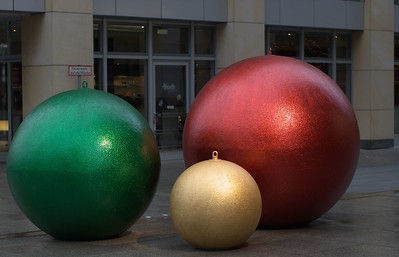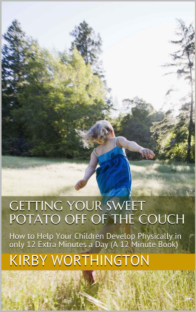Math for Kids: Seriation
 Seriation is putting things in size order, either big-to-small or small-to-big. Children need to learn this concept of looking at something and picking out which item is bigger or smaller. Be sure to go in the same order each time. (Always from bigger to smaller or the other way, but don’t go back and forth. Keep it clear for them.) When teaching seriation, it’s best to use all the same color items. When teaching size or quantity, lots of color can confuse the children as to exactly what you are comparing. If the items being compared are all the same color, the child is clear it is size that is being differentiated.
Seriation is putting things in size order, either big-to-small or small-to-big. Children need to learn this concept of looking at something and picking out which item is bigger or smaller. Be sure to go in the same order each time. (Always from bigger to smaller or the other way, but don’t go back and forth. Keep it clear for them.) When teaching seriation, it’s best to use all the same color items. When teaching size or quantity, lots of color can confuse the children as to exactly what you are comparing. If the items being compared are all the same color, the child is clear it is size that is being differentiated.
To prepare for the two steps in teaching seriation, you will need a big square and a little square. You can use a brightly colored cardboard box. (You may be able to get some free from a grocery store.) Cut out a big square and a little square.
The First Step in Teaching Seriation
Use the Montessori three-step method. You will need the big square and the little square (mentioned above).
- The adult holds up the big square and says, “Big.”
- The adult holds up the little square and says, “Little.” Put both down. Point to the big square and name it again (“Big”), then point to the little square and name it again (“Little”). (If you start with naming the big square, always start with the big. Stay in that order.)
- The adult points to the big square and asks, “What do you call this?” The child names it (“Big”). Then the adult points to the little square and asks, “What do you call this?” The child names it (“Little”). As long as the child is grasping the concept of big/little, it is fine to call the object by name (for example, “square”) as well.
The Second Step in Teaching Seriation
Add another square. Then the names become: “Big”, “Smaller”, “Smallest”. The adult may use different voices. This makes it fun and also helps the child remember the new concept. Thereafter a fourth, fifth, and sixth size can be added – as long as the child is able to tell the differences between what is bigger and smaller.
There are store-bought toys that teach this concept as well, for example: nesting cups. But it is important to remember to always start with two objects.
To wrap up the game, count how many squares there are at the end.
Another Seriation Game
Use jars and lids. Take a big jar lid (for example, from a peanut butter jar) and a little jar lid. Mix up the lids. Ask, “Which is the little lid?” When they find it, they can put it on the little jar. Then ask, “Which is the big lid?” Put it on the big jar. If they seem to understand, add more jars/lids of different sizes. Eventually you can have a basket full of jars and lids as a game to try to find matches.
This game works on the concepts of amount and seriation. It also works physical development such as turning the wrist and hand – which comes in handy in many sports later on.
Interestingly – and this is important to remember – preschoolers cannot do tall-and-skinny vs. short-and-fat, but they can do tall-and-fat vs. short-and-skinny. This is because “tall” and “fat” are both categories of bigger and “short” and “skinny” are both categories of smaller. To put a bigger description (like “tall”) with a smaller description (like “skinny”) will confuse preschoolers as to what exactly they are learning.
Photo Credit: Steffen Zahn cc
Related Posts
By accepting you will be accessing a service provided by a third-party external to https://growthandgiggles.com/

